Going around a liquor store is always a fun experience. There are just so many alcoholic beverages to choose from. Perhaps one of the most intriguing items is the box wine. What’s it all about exactly? And how long does box wine last?
What’s A Box Wine?
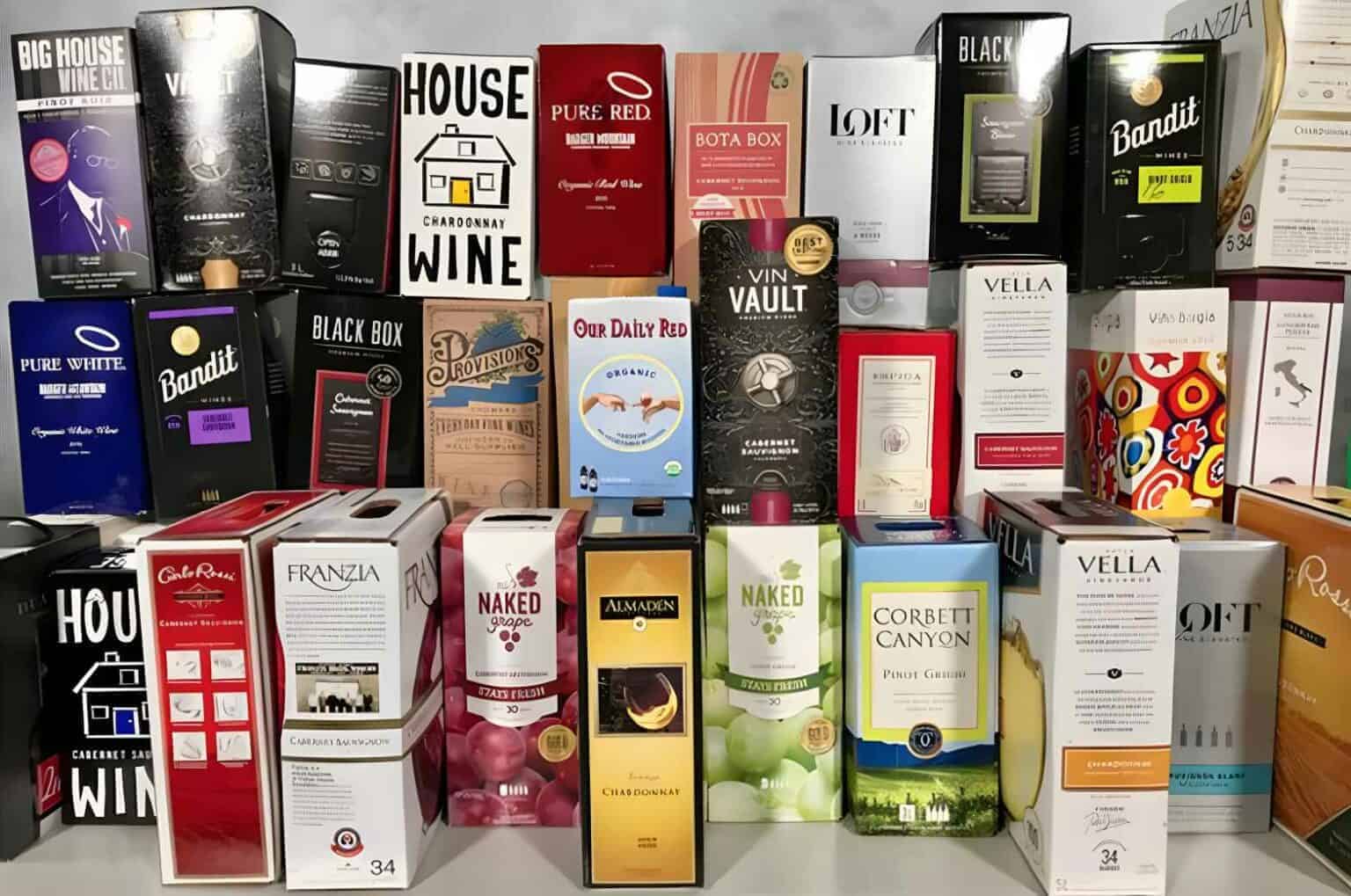
Many people are so used to drinking wine from a bottle. That’s understandable. However, for those who might be curious, wines can also be purchased in a box. Instead of being bottled, wine is packed inside a box. It’s almost comparable to the juice box that kids enjoy, albeit more elements are involved, and this is for adult consumption only.
A box wine is not something new or recent. It’s been around for a while. Box wine connoisseurs should credit Australian Thomas Angove for coming up with this concept.
Charles Malpas, another Aussie, further enhanced the box wine idea. It’s been over 50 years since the world was introduced to box wines. Since then, it seems more manufacturers have considered this option and have started selling their wines in boxes.
How Long Can You Keep Box Wine?
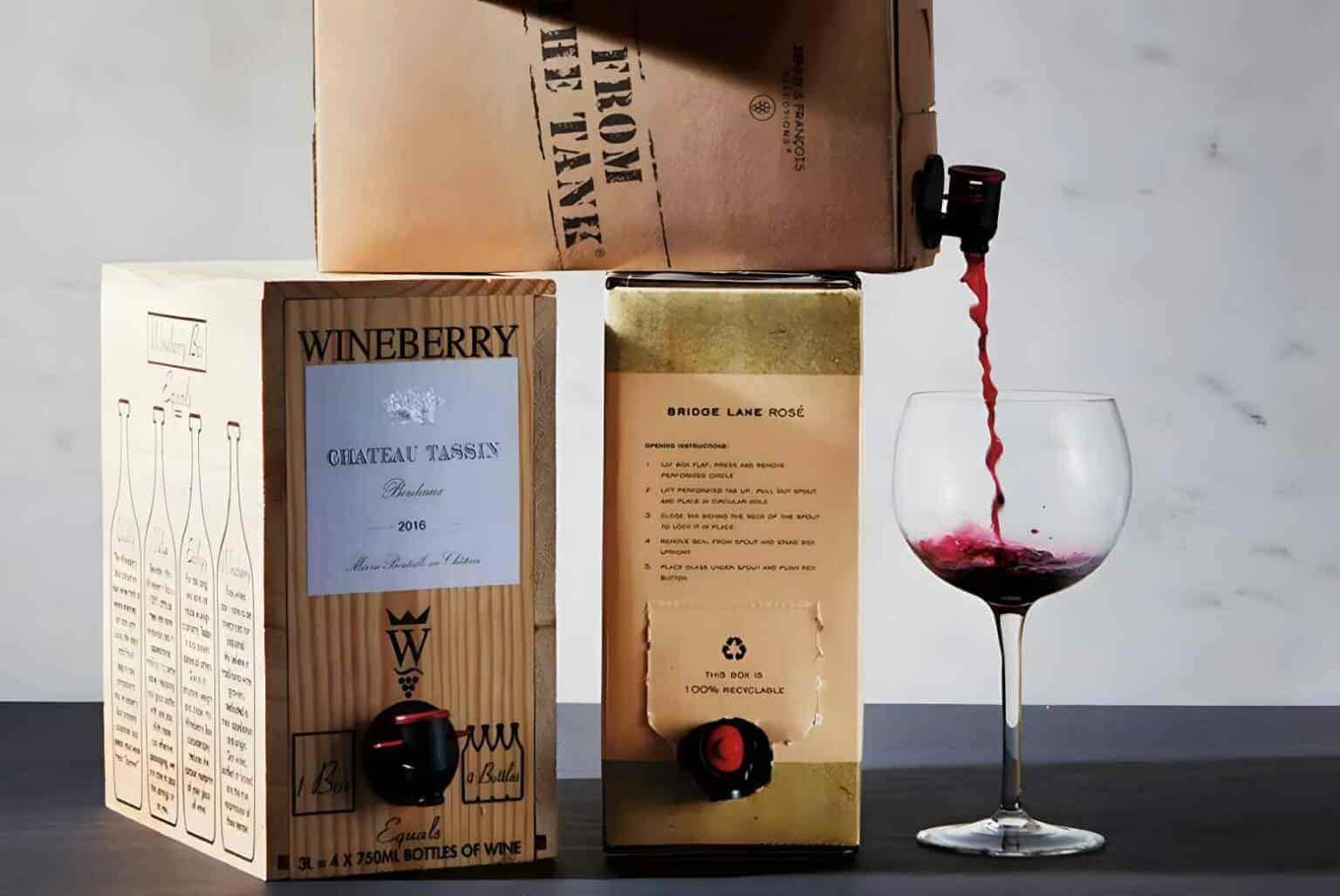
If you have chosen to buy box wines, you have about six to eight months to consume them. It’s mostly true for white wines. As for red wine in a box, it can last up to a year.
Once you have opened the box wine, you only have a couple of weeks to finish it off. The estimate would be around six weeks. However, given its shelf life, perhaps the earlier you drink it all, say about two or three weeks, the better.
It’s advisable to store the box of wine in your fridge after opening it. It doesn’t matter if we are talking about red or white box wine. It helps slow the process of oxidation. When wine is exposed to air, there’s a big possibility that it affects the flavor and appearance.
If this occurs, the wine starts tasting weird, usually leaving a metallic taste in your mouth. If you open a boxed red wine and leave it out, the oxidation process also affects the color. Instead of the rich red color, it starts looking stale.
If you put all these oxidation effects together, you would no longer find the wine enjoyable to drink. And you would most likely discard the wine. What a waste of wine and money!
What’s In A Box Wine?
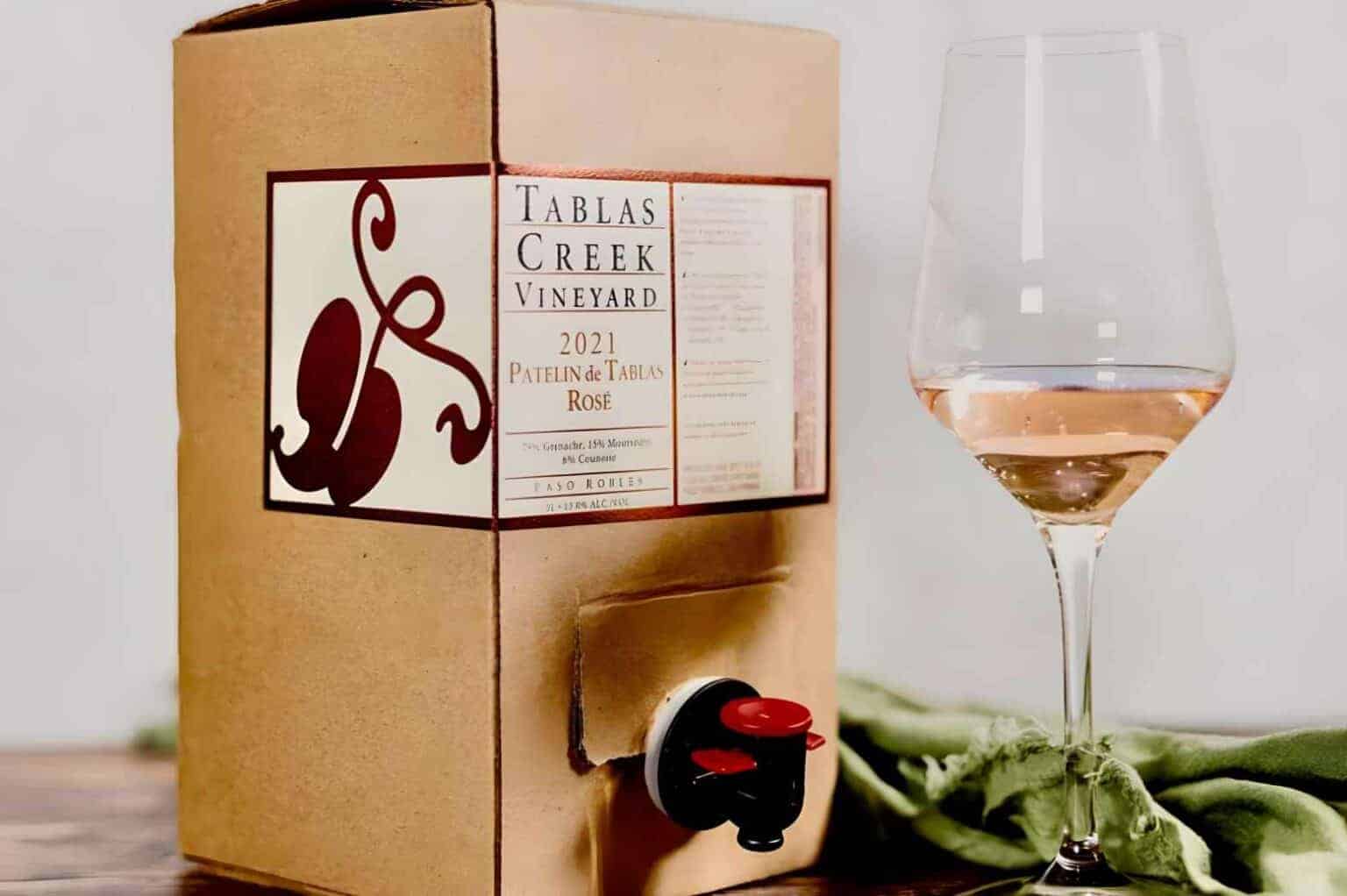
When you buy a bottle of wine, you get to see the contents of the bottle. That is not the case with the box wine. If you were to dissect a boxed wine, you would see several parts. However, when we speak of this type of wine, it doesn’t mean that the beverage is stored directly in the box it comes in.
On the outside, you will see the box made from cardboard. But inside this cardboard box, you will find a plastic material where the wine is housed. When the boxed wine first came out, the consumer had to cut off the tip or end of the plastic wine bladder, so they would be able to pour its content into a glass. If they couldn’t finish off wine, they needed to reseal it.
After a couple of years after the box wine took, it evolved into something we are more familiar with. Instead of chopping off the plastic container, a tap or spout was added. It made it easier to open and close the wine. When you open the tap and the wine flows, it holds off air from getting in. It is usually referred to as BIB or Bag-in-Box.
Some people who aren’t very familiar with the ins and outs of box wine might wonder if the plastic used to keep the wine inside the box is safe. Now that is certainly a valid concern.
In the past, the plastic bag used was made with a chemical called BPA or Bisphenol-A. Researchers discovered that this particular chemical was harmful to humans. \
The good news is that the box wines in the market today are using BPA-free plastics. It’s a safer alternative for their customers. As the market for box wines grows, winemakers and manufacturers are looking into better substitutes.
How Much Wine Can You Get In A Box?
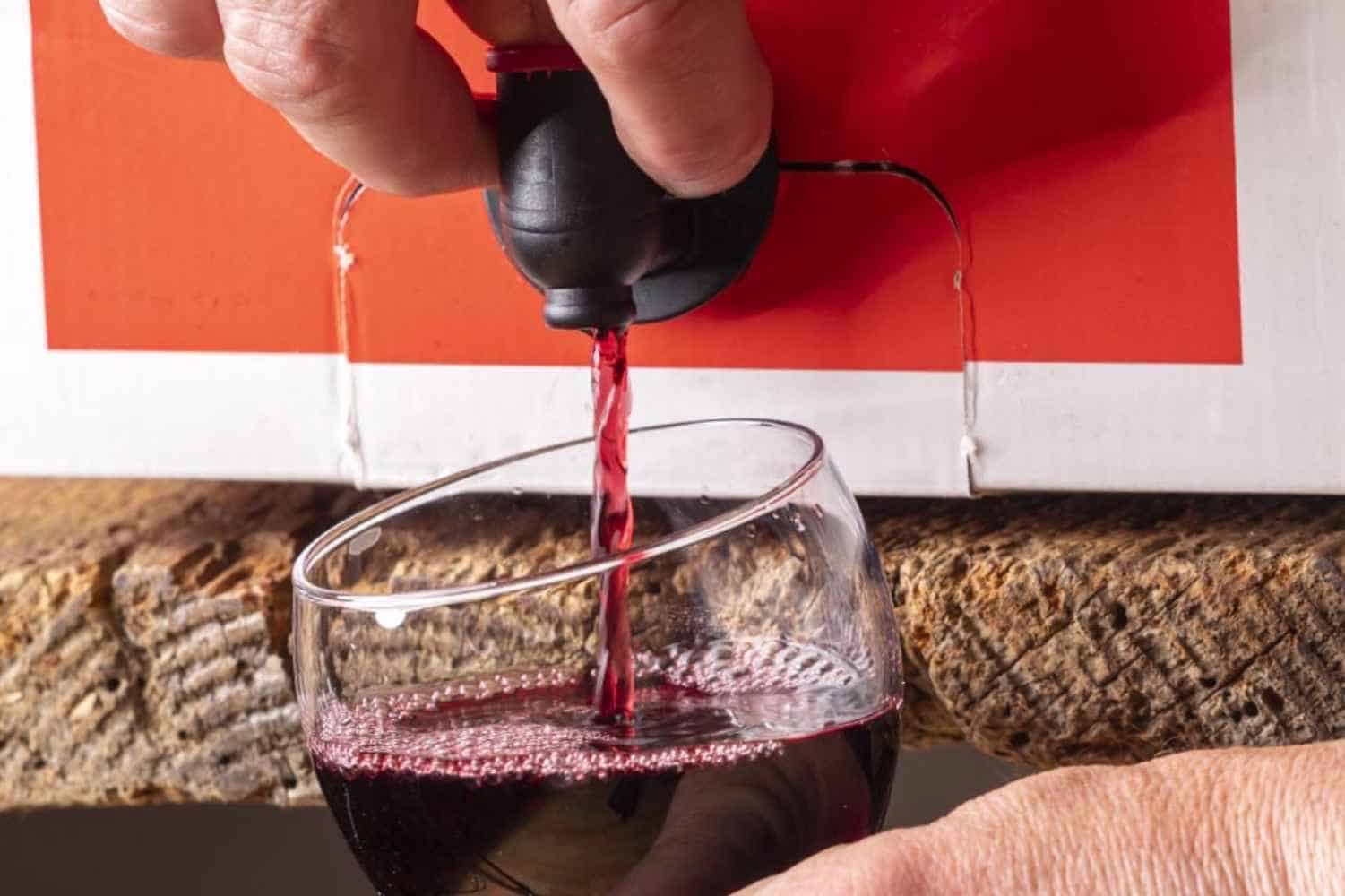
If you get your hands on a box wine, know that you are going to get plenty of wine! Let’s do a little bit of math here, shall we? The average bottle of wine is around 750 ml. One bottle would yield about five glasses of wine. If you have a standard box wine, that contains about three liters of wine.
If you convert it, you get about four bottles of wine in one box alone! If you think that’s too much, there are now box wines that come in 1.5 liter packaging. That would still give you about two bottles of wine. There are even 500 ml boxes!
The great thing about box wines is that almost all of your favorite wine varieties now come in boxes as well. You have plenty of options to choose from, depending on what you feel like drinking.
Why Should You Opt For Box Wine?
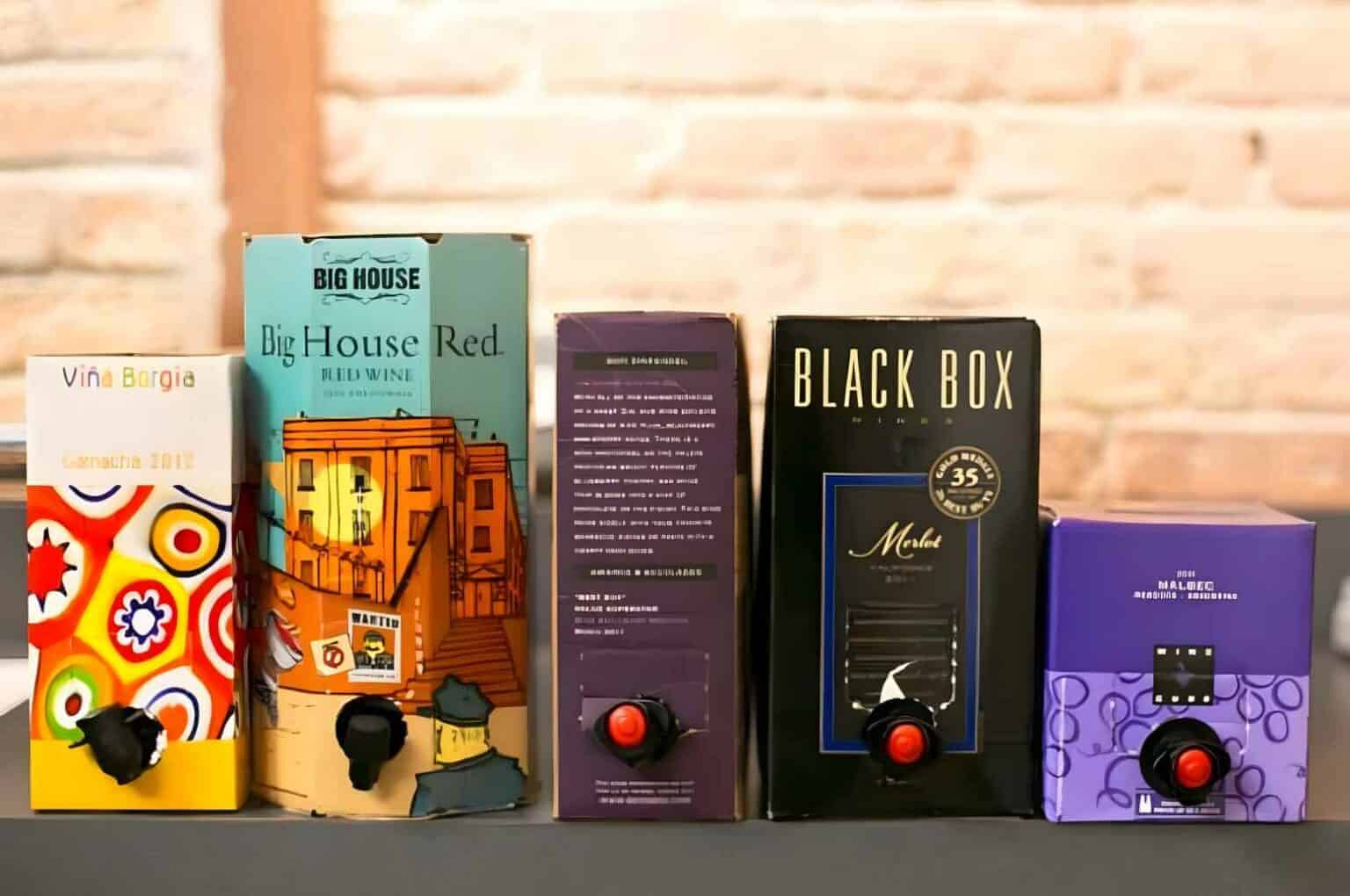
Some wine snobs were not very welcoming when the box wine came out. Wines that came in boxes were deemed to be cheap or subpar. However, there seems to be a shift in the tide, especially with the rise in boxed wine sales. So, what’s it about this kind of wine that people like?
Longevity
There are moments when we can’t finish off three liters of boxed wine. However, we don’t have to worry about this. As mentioned before, box wines can last for six weeks once opened.
As long as you know how to store it, you can still drink the remaining wine within that time frame. It is why many people have chosen to buy boxed wines. It’s convenient to store and drink whenever, wherever. You can keep the boxed wine inside as long as you have room in your fridge.
The ones that come in boxes last longer if compared with a bottle of red or white wine. Once you open a bottle of red wine, you should at least consume it within a week or less.
Environment-Friendly
Manufacturing the bottles and boxes for wines requires a lot of energy. However, if you put these two types of packaging side by side, you will realize that it takes less energy to produce box wines than bottled wines. And this does not only apply in the manufacturing stage. Even the shipping and handling of bottled wines have more carbon footprints.
Some people might argue that glass is more efficient because you can recycle it. While that is true, the cardboard box is also recyclable. If you are also keen to safeguard the environment, you can also recycle plastic packaging. You can make your own ice pack out of them!
Economical, Practical, And Durable
Producing the materials needed for box wines isn’t that expensive. With low production costs for its packaging, wine producers won’t have to add that much to the total price. And consumers won’t have to worry about burning a hole in their pockets whenever they buy one box wine or more.
From a production standpoint, it would cost more to manufacture glass bottles. And it’s even more expensive to ship them since bottles are much heavier than cardboard boxes.
Glass is one of the most sensitive and vulnerable materials. Even if the wines are bottled in thick glasses, it doesn’t mean it’s unbreakable. Once the wine bottle cracks or breaks, you can say goodbye to your wine. Extra precaution is needed.
You won’t have the same worries when it comes to box wines. The strong and well-built plastic inside the cardboard box is very durable. You can easily carry it around without fear of breakage or spillage.
The More, The Merrier
If you have been drinking a particularly good bottle of wine, you want to savor it. Without you even knowing, you might have finished drinking the whole thing. However, with a box wine, you would be getting more than you paid for! Given how it’s not as expensive as you think and you get as much product in one box, it’s a win-win situation!
If you have guests over, it’s a good buy. You get to serve wine to many people! There will be no wine glass left empty! And if you have some left and need it for cooking, you have something to use in your kitchen! There’s no need to open another box or bottle!
Enjoy A Box Of Wine Or Two
You don’t have to wait for International Box Wine Day to indulge in your preferred boxed wine. Knowing how long a box of wine lasts, you will have enough time to revel in its flavor and goodness! So, what are you waiting for? Head to your favorite wine shop and pick one!

George Moore, co-founder of Wine Flavor Guru, is a charismatic entrepreneur with a rich background in California’s wine industry. Alongside Sylvia, he transformed a Sonoma County vineyard into a source of premium wines. George’s expertise in sourcing exceptional grapes and his approachable style make wine appreciation both accessible and engaging.
